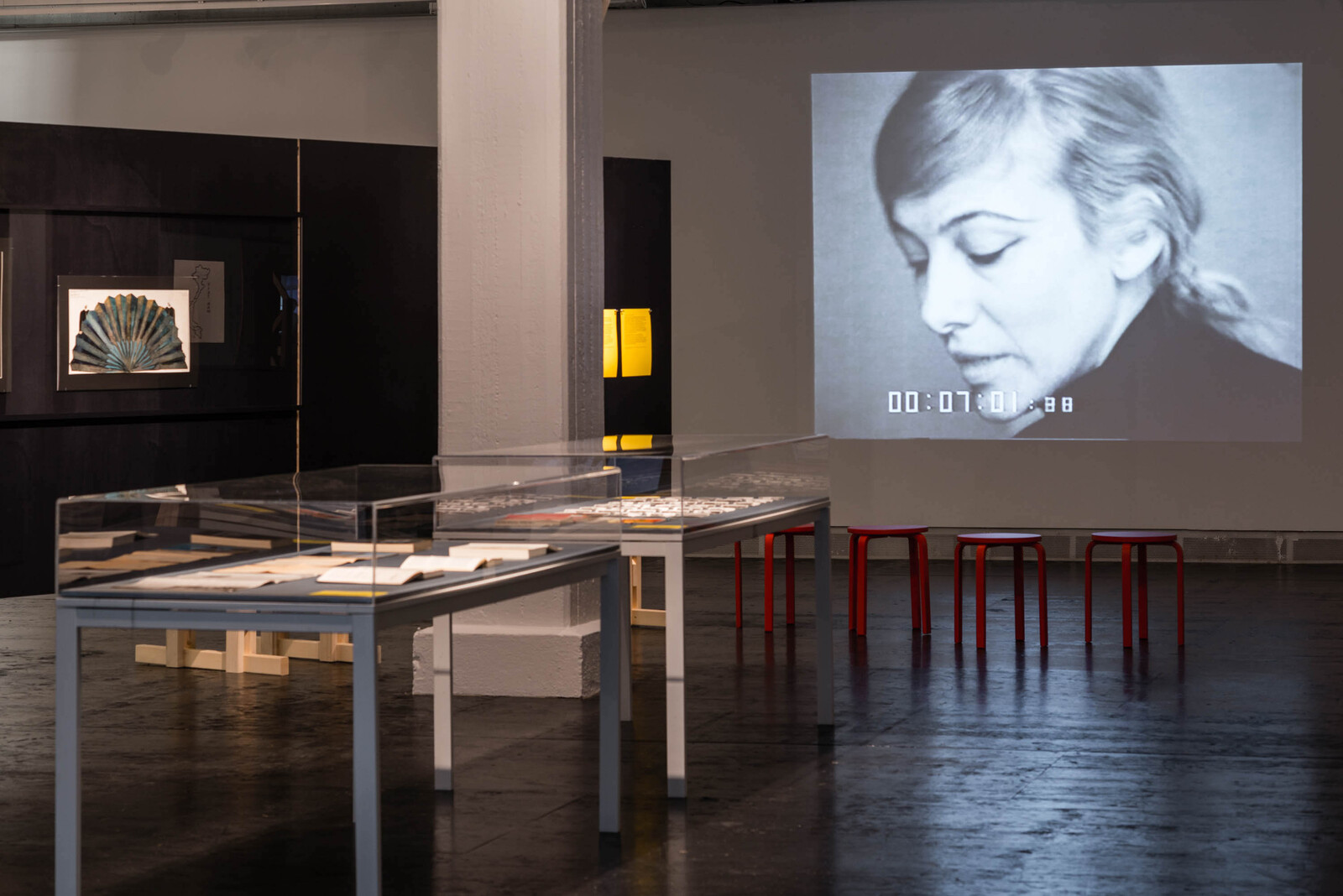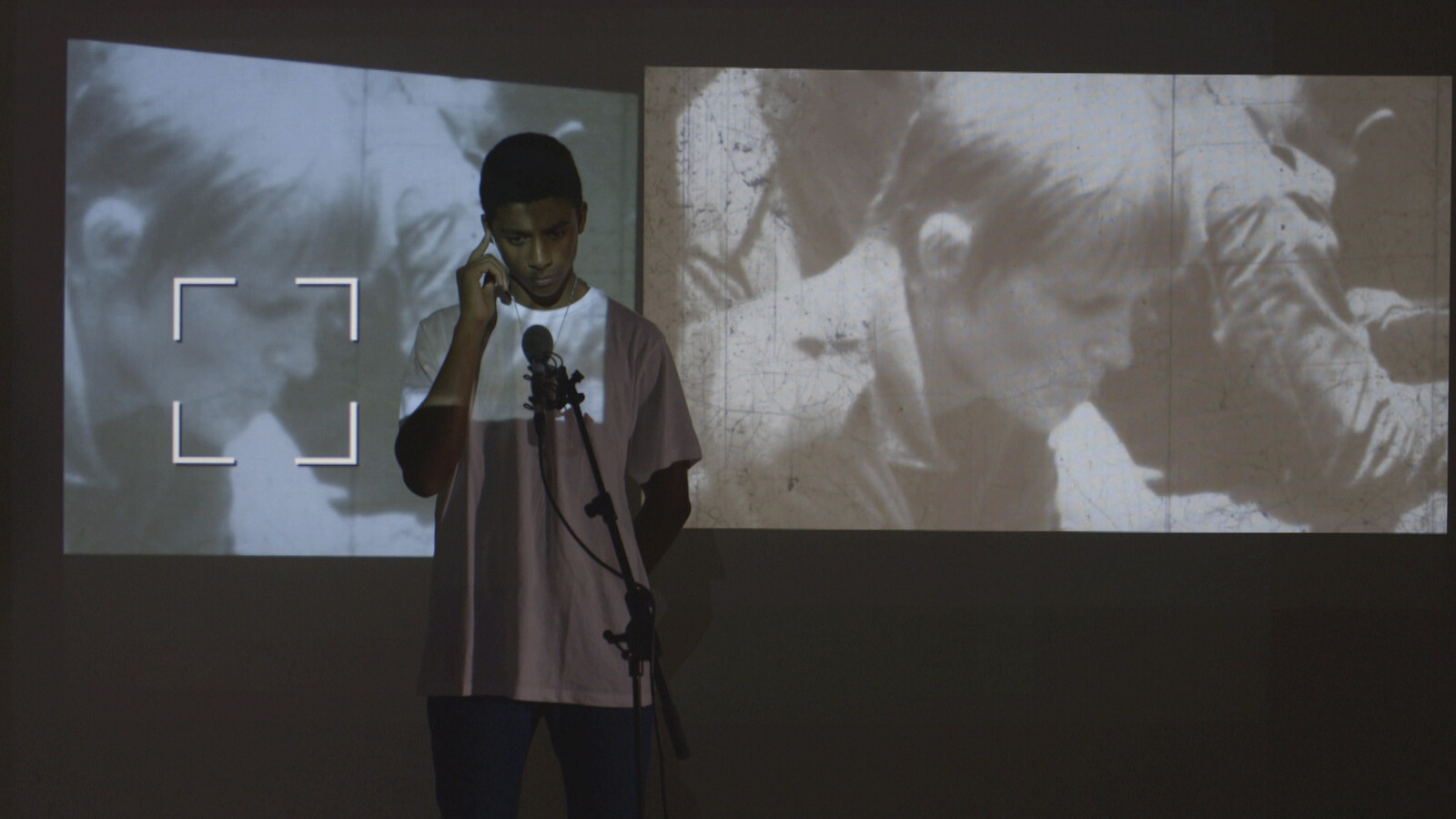I first met the curator, critic, and educator Maria Lind in the early 2000s, while I was working as a curator at the Musée d’Art moderne de Paris and she was the director of the Kunstverein München. We have kept in touch since that time, and my annual visits to Sweden always include trips to Stockholm’s Tensta konsthall, which Lind directed from 2011 to 2018, as she always stops by when visiting the Netherlands, where I have been based for the past eight years. Due to a variety of circumstances, however, it seemed unlikely our paths would cross again anytime soon.
While working from home in Rotterdam, two of Lind’s books—Selected Maria Lind Writing (2010) and Seven Years: The Rematerialisation of Art from 2011 to 2017 (2019)—have been within reach on my desk. As arts institutions face a time of unprecedented change, it felt like a good moment to return to Lind’s 2002 essay “RSVP, or: What Rhythm, Scale, and Format Can Do With Art.” In it, Lind writes: “I know of no better way to approach and get a grip on the world—to address and question life—than through art […] Contemporary art, in its greatest moments, can figure as a critical force in society—but only if it is given the conditions that can foster such flourishing.”
The conversation that follows departs from that assertion. We discuss the ways in which smaller-scale and flexible initiatives might be able to respond to the present crisis, which calls for radically imaginative proposals for renewal, if not survival. Vivian Sky Rehberg
Vivian Sky Rehberg: What is your perspective on the conditions that might sustain art’s critical force now, in light of the local impacts of planetary-scale crises?
Maria Lind: Despite the hardship that many small and medium-size visual arts organizations experience, they seem to be among the ones that can cope relatively well with the current crisis, and which already sustain “art’s critical force.” They are simply used to “unusual,” challenging conditions, and are accustomed to unorthodox methods. Without romanticizing hardship, agility can emerge as a necessary response to precarity. At the same time, smaller organizations are often easier to turn around, just as smaller boats turn quicker than cruisers, and can operate differently on the ocean. The shaking of routines that has taken place this spring might, for all of its devastating effects on the commercial and institutional economies of the artworld, have some positive side-effects in the way that art is thought and presented. Even David Zwirner has suggested that the market “got out of hand” and that “the infiltration of value into the perception of art, art being regarded as an asset—all that needs to be rethought,” while Frances Morris, the director of Tate Modern, has suggested that museums have “taken our eye off the core mission” of focusing on permanent collections, rather than blockbuster exhibitions.1
VSR: How are smaller initiatives managing, by contrast?
ML: We have seen a number of new and invigorating initiatives in the wake of Covid-19. I am thinking of how Para Site in Hong Kong has kept the dialogue on art going with their “Paid Studio Visits” programme, in which gallery staff meet with local artists over Zoom to discuss their work: the artists are paid a fee and receive health insurance for a month. In Rotterdam, the institution formerly known as Witte de With spent the period of closure making a new website and inviting artists and freelance staff—again offering them a fee—to share texts and images of life and work during the pandemic. Among the initiatives that have emerged in direct response to the pandemic is Art Workers Italia, an informal collective of contemporary art workers that aims to make visible precarious work in the cultural sector, where many people lack a safety net.
VSR: What about curatorial projects and exhibitions? Do any in particular stand out?
ML: My favorite is the self-organized “Die Balkone (Life, Art, Pandemic and Proximity)” in Prenzlauer Berg, Berlin, which saw more than fifty artists—including Yael Bartana, Tommy Stöckel, Antonia Low, and Rabih Mroué—showing works on their own balconies and in windows during the Easter weekend. Curated by Övül Ö. Durmusoglu and Joanna Warsza, it became a community gathering with great art at its core. So my hope is that this is a moment when this kind of sensitive, tailormade project can facilitate “art’s critical force.” What are your thoughts on this?
VSR: I’ve mainly worked in art education, leading very small-scale structures (departments, programs) embedded in much larger ones (universities, academies). The art educational sphere has been calling for radical transformation for decades, and there has been some progress. I believe wholeheartedly in the relevance of art education, but I still wonder how meaningfully supportive the institutional educational model for artists (BA, MA, and now PhD) can be outside of the duration of the education itself. The question of educational models feels especially pressing now that some of us working in art education have been expected to “resiliently” pivot to a digital education model, which involves reinventing art education spatially, relationally, structurally, and ideologically, at least for the time being. Any education is a social praxis that produces social subjects, so there is more at stake in this transition to the digital than trying to maintain an already vulnerable status quo with available resources.
Once a student graduates, there is fierce competition for existing public and private funding, though the Netherlands is considered generous in this domain. Emerging international artists and cultural workers living in Rotterdam are involved in cooperative efforts to develop alternative infrastructures and support networks, to hold institutions accountable when it comes to fair pay and practice, and they take the necessarily self-interested matters of gaining visibility and earning reputational capital into their own hands. But presentation spaces, funding bodies, large-scale international exhibitions, and commercial galleries also have a responsibility to support artists and make their work visible to the public. How might that support be distributed more equitably?
ML: I often return to Deleuze and Guattari’s notion of “becoming minor,” or in the context of Sweden, “the Bamse effect,” after the cartoon character Bamse who is at one and the same time the strongest bear in the world and very kind and generous. How do you share resources and influence? What do you do with them? Maybe shifting emphasis away from blockbuster exhibitions will allow for other ways of working to enter the well-protected, corporate-looking buildings that museums have looked like for a while, after reductions in funding have forced many to accept branded sponsorship deals to subsidize their programmes. How can the big players start sharing with their smaller fellows? I am thinking of Rirkrit Tiravanija’s Less Oil More Courage, a small 2003 oil painting of the titular phrase, which the artist made when the art scene in the Gulf started developing, funded more directly by oil. I see some of that courage in the way that institutions relate to artists—for example from L’Internationale, a confederation of seven major European museums and art galleries—but I cannot detect it in their relation to smaller organizations.
VSR: I often wonder how we can level the balance or ease the transition between emerging and established institutions. How might one generate more opportunities in the early stages?
ML: Over the last couple of years when I have been teaching and assessing at BA, MA and PhD levels within visual arts—I agree with your skepticism regarding their relevance—there seems to be an inflation going on, as if the “academic formats” are sliding. PhD candidates are now more like where MA students used to be twenty years ago, and the MA students tend to be more like the BA students of the time around the turn of the millennium. Within presenting institutions, at least in the context of northern Europe, curators today are more like what producers, coordinators, and assistants used to be two decades back. One obvious reason is that those institutions want to allow their staff to make internal careers, climbing the ladder from within, but it means a move toward less knowledge and experience.
VSR: I haven’t observed the inflation you mention with enough consistency to notice a trend. In fact I’ve observed some healthy inconsistency, which I attribute, in part, to resistance against the standardization of course “outputs,” degree “outcomes,” and the marketization of education. I’m most familiar with what’s going on in Europe, and more troubling to me is an ongoing degradation of working conditions for staff and students. There has been substantial collective action, for example in the UK, addressing these conditions, and Ane Hjort Guttu recently published a scathing critique of art education in the Nordic countries,2 symbolized in architecture that promotes a “schizophrenic mix of openness and ceaseless monitoring,” and training that turns future graduates into “artist managers.”
Access to art education and careers in art education requires renewed investment. Admissions, recruitment, and career mobility procedures are sometimes less than transparent. Institutional aims to improve diversity and inclusion are hindered by obstructive policies, like higher tuition fees and very strict immigration regulations for foreign students. Sara Ahmed has shown in her 2012 book On Being Included: Racism and Diversity in Institutional Life that symbolic institutional efforts to support diversity and inclusion often obscure structural racism. It’s necessary to be accountable, to resist, and to transform. They say the days of having a secure long-term job are over, but far too many have been long excluded even from the prospect. The gig and freelance economies have been heavily hit by the Covid-19 crisis too and contingent employment in education doesn’t only impact the quality of the art, they impact the quality of lives. Artists are in a tight spot. The sharing of resources and influence you mention above is going to be necessary for survival.
ML: Indeed. Nevertheless, I have taken note of how—despite all the above—it is sometimes still possible to carve out pockets of self-determined space to maneuver within formal art education, for example Mindepartementet at The Royal Institute of Art in Stockholm, run by professor Petra Bauer, where cooking and eating facilities are at the center of a small building devoted to both individual and collective moving-image work. But an initiative like this one is as brittle as the small-scale visual arts institutions, relying on the benevolence of either public or private funding and otherwise governing bodies and being subjected to the harmful projectification of everything.
This is where parallel art educations become even more urgent. For financial as well as artistic reasons. Like Chto Delat’s school in St Petersburg, What, How & for Whom’s Academia in Zagreb, Ashkal Alwan in Beirut, MASS Alexandria in Alexandria, RAT School of Art in Seoul, and Open School East in Margate. They are as vulnerable as the above but at least they have achieved a different level of self-determination. A crucial question here is what kind of art comes out of these contexts. The production of critically minded contexts is important but the relevance and quality of the art coming out of them are too.
VSR: When I visit Tensta konsthall, I have the impression that I’m entering a highly social space, a community hub, where the mix of exhibitions, public programs, and education initiatives seem as meaningful to the locals as they might be to the international art scene. I wonder if you have some examples from your tenure as director that illustrate this approach?
ML: During my time there, we worked on the rhythm, scale, and format of multi-year inquiries. These included “The New Model,” which responded to Palle Nielsen’s 1968 project The Model: A model for a qualitative society; “The Eros Effect: Art, Solidarity Movements and the Struggle for Social Justice,” exploring links between art and activism; and “Tensta Museum: Reports from New Sweden,” which examined the histories and memories of Tensta.3 These inquiries evolved over time through a variety of formats: commissions, group exhibitions, symposia, film screening, lectures, and so on, depending on the nature of the questions we were asking and the art at hand, and they were not laid out as such from the outset. Instead, each step led to the next, and we did not know how or when either of them would conclude.
Another feature of Tensta konsthall during this time was to “dig where we stood”: to explore and engage with things in the vicinity of the konsthall, such as local history, art which already exists in the neighborhood, and organizations in the area. We often did this on a small scale, with constant collaborations across the board, and frequent recycling on different levels. This ranged from the wooden screens originally made for Marion von Osten with Peter Stillmann’s project “Viet Nam Discourse Stockholm,” which went on to serve a handful of subsequent projects, to occasionally showing the same artwork in a new context. Co-initiating the solidarity network of small and medium-scale visual arts organizations in residential suburban areas in Europe, Cluster, was key in terms of becoming agile as it provided support and knowledge sharing.
VSR: Looking back on your directorship, does it suggest a model for how arts institutions can adapt to the current climate?
ML: In retrospect, I see my time there as forming “the Tensta method.” But at the time, it was all about pulling up our sleeves and getting our hands dirty, in the best sense, in order to get the most and the best out of art. We wanted to create multiple and continuous contacts with the area, to insist on the integrity of art, the artists, and the visitors, in this particular setting without giving in too much to neoliberal flexibility and extraction. Like many small-scale art institutions, the team of this underfunded konsthall knows how to sustain the flame—staying relevant without reverting to high production values, constant attention, and appreciation from the powers that be.
Further information about these projects is available online: http://www.tenstakonsthall.se/?the-new-model-1; http://www.tenstakonsthall.se/?the-eros-effect-art-solidarity-movements-and-the-struggle-for-social-justice; and https://mitpress.mit.edu/books/tensta-museum.





